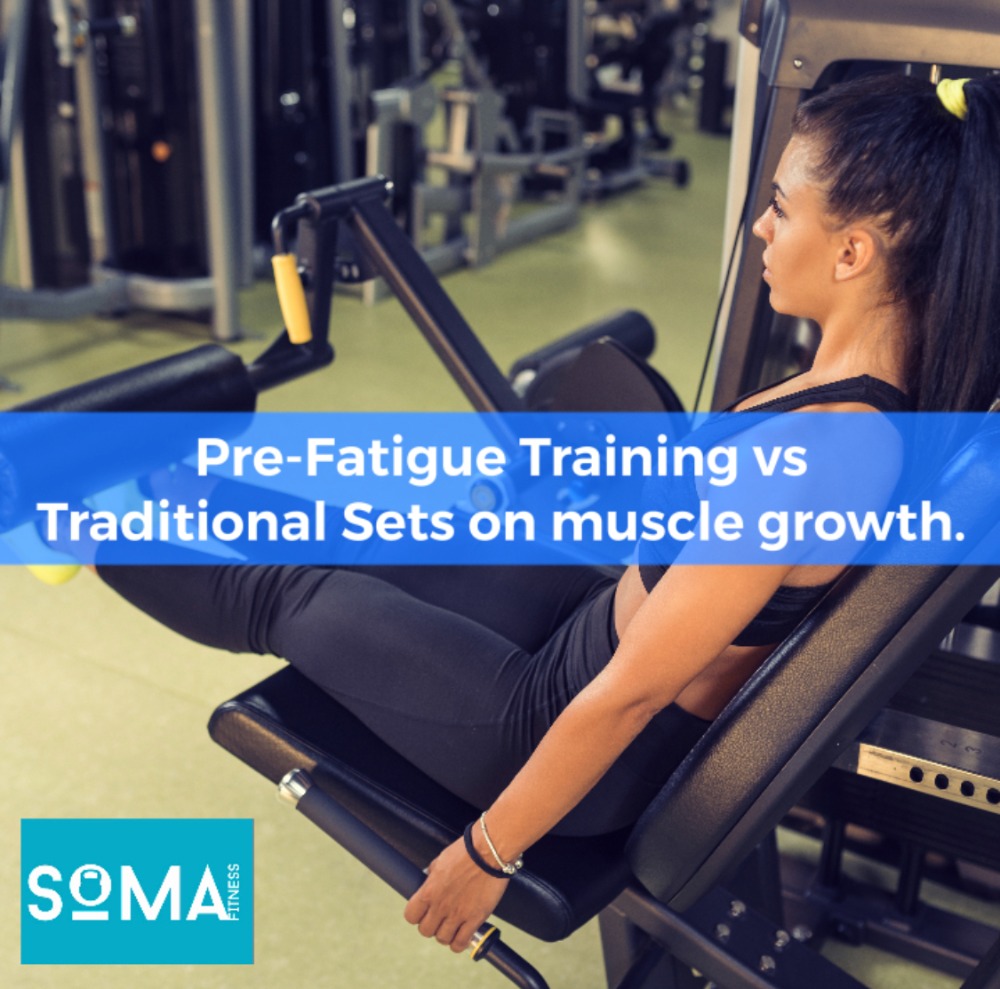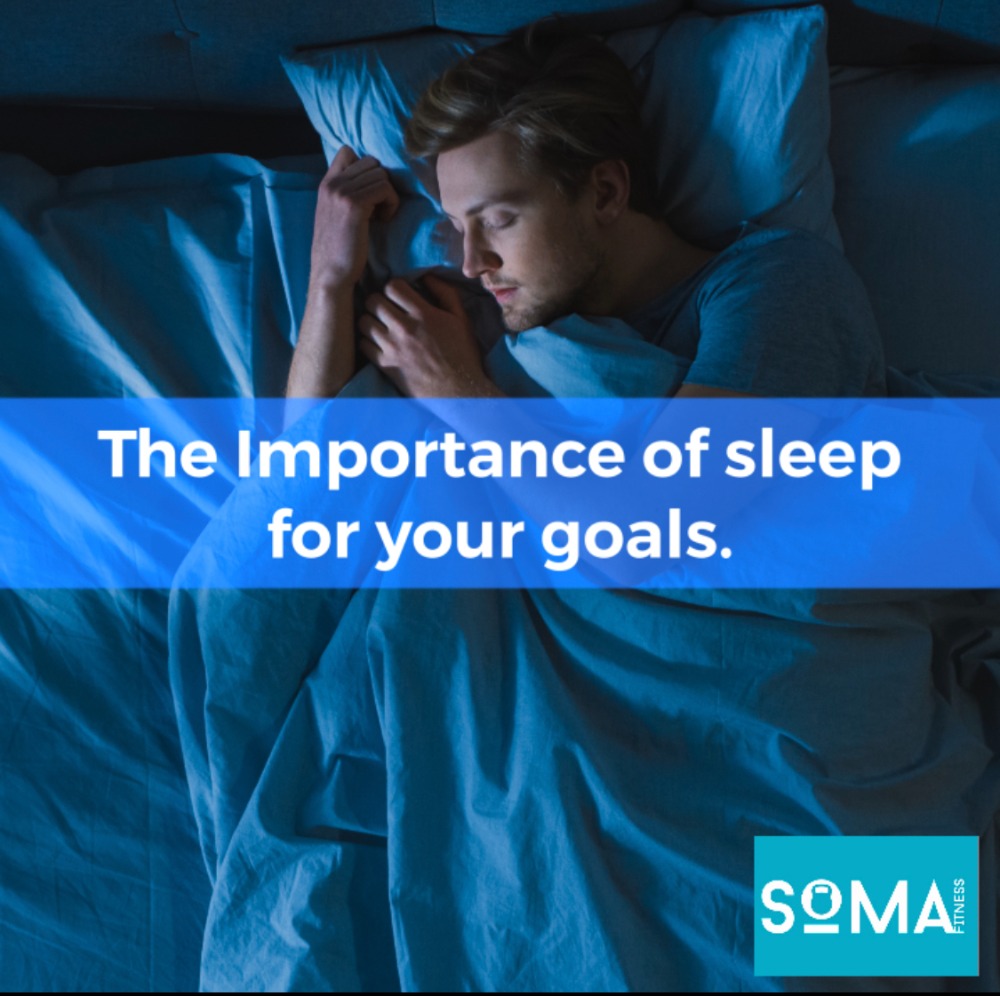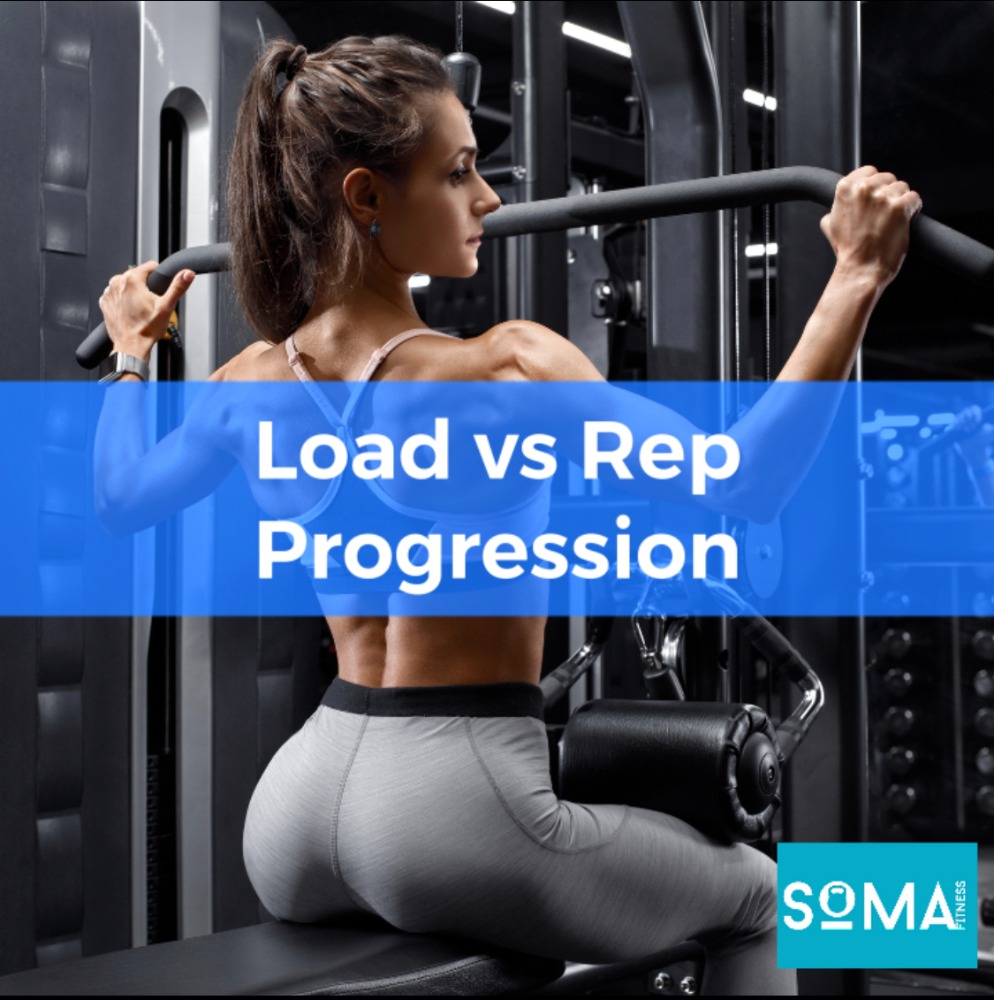Adherence – WHATS YOUR WHY?

Dedication vs Motivation
Adherence to any program or plan is the number 1 factor that will determine success to reach a particular goal or failure where you quit prior to achieving it or even getting close to it.
Don’t make excuses find solutions!
In any pursuit of getting to a certain goal consistency is king, if you are not consistently putting in the effort for the most amount of the time you will be taking 1 step forward and 3 steps back rather than the opposite.
Motivation will fail you, when emotions get in the way when your not in a good mood, your stressed sad, overwhelmed. Motivation will seize you’ll quit or have a day off that turns into a weeks to a month off.
Dedication is something that you will do regardless of your circumstances, regardless if your stressed, tired, overwhelmed and regardless if your not in a good emotional state. You’ll always find a way regardless of the situation.
If your just motivated you will find any little excuse to stop yourself from doing the things that you need to do. When we are dedicated we will find a solution you’ll adapt to get what you need get done to progress.
That’s why it’s important to identify your Why, your why is an emotional thing which can change and progress or can remain the same through the course of your journey.
It’s really important that we really think about this and put some focus into it as we can use it to remain dedicated when things will get in the way of our progress and progression and having that awareness as we navigate through our journey on how it may change or progress.
Be attached to your why, write it down put it on your notes in your phone and review it periodically. When your making excuses to yourself read it out 10 times and you will see how your focus /mindset will change.
We have to set our self’s up for success we are living in a more stressful environment at present and each individuals allostatic load is much higher which means we are required to acknowledge all of these things that may happen along the way over the course of the month and year and say to yourself your reactions to these stimuli that may raise your emotions will be X or Y. For example I will not drink a bottle of wine when X happens at work. I will do a workout and do 10 mins of deep breathing and meditation, or I will book myself a massage so I can release the tension from my body. Often times it’s not the stimulus but our reaction to the stimulus how we perceive it and react to it.
Let’s look at examples of what someone’s WHY may look like?
- I want to be fit and healthy for when I have children.
- I want to be able to keep up with my Grandchildren.
- want to be a good role model to my children so they can see me focusing on good habits toward my health eating good foods and exercising regularly.
- I want to be mobile and active when I reach and elderly age.
- I like to look good for my husband/wife/partner and myself.
- I want to look good for my clients so they believe in what I advise them to do (as a coach you are your own business card).
- I like feel good cognitively which by creating healthier lifestyle habits allows me to feel this way. (exercises has a positive impact on mental health).
- I want to be healthy enough to continue to do the hobbies/sports I love.
Make note of yours, focus and review it regularly, use it as your fuel to keep your dedicated on becoming the healthiest and strongest version of yourself.
A good physique, health and vitality is created by consistent habits that will require a consistent dedicated approach. As coaches and personal trainers we help individuals navigate through this process and keep you accountable to your WHY!










Recent Comments